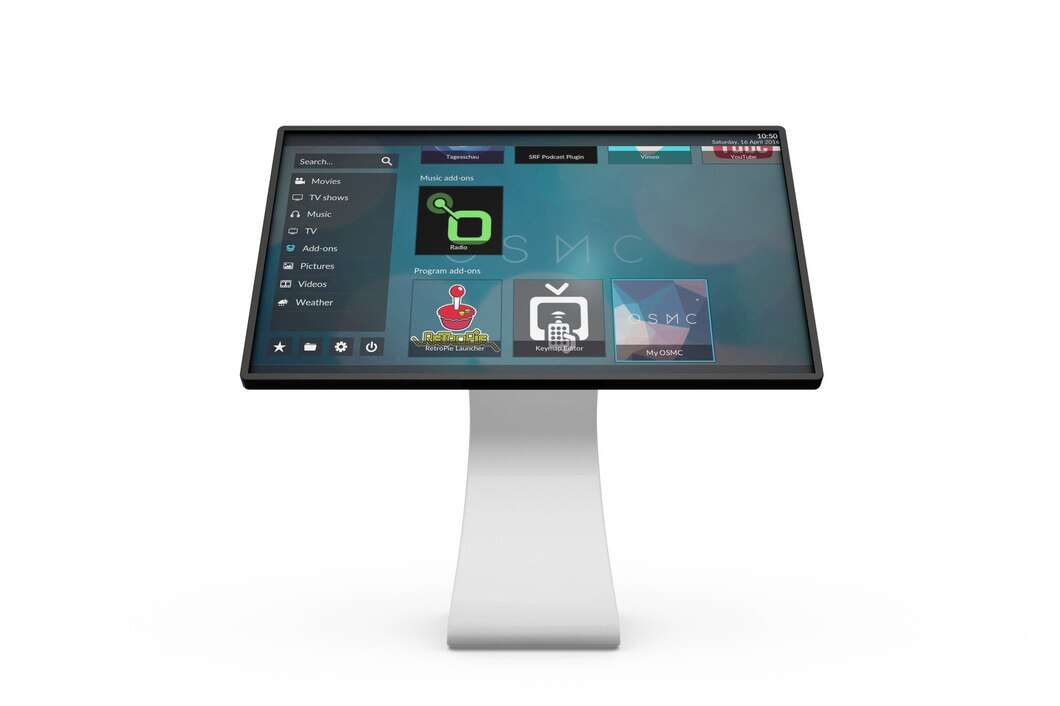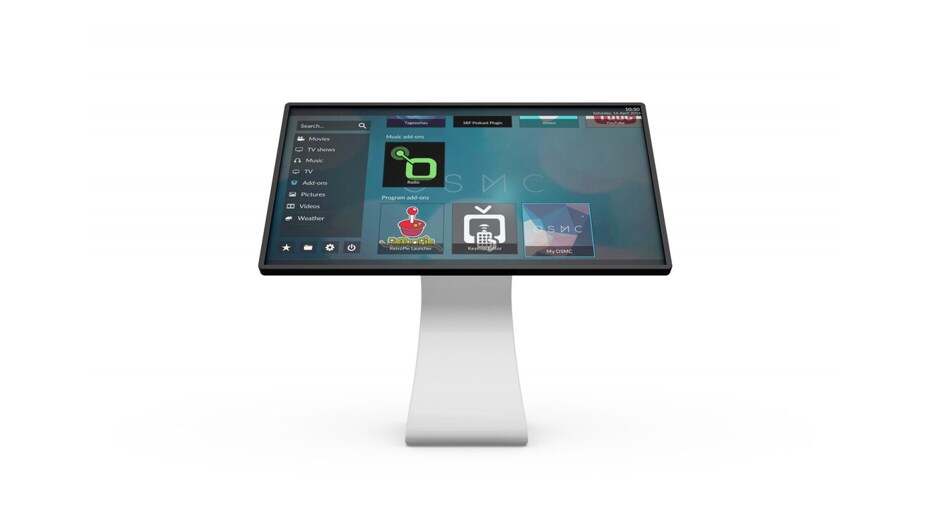Email format error
Email cannot be empty
Email already exists
6-20 characters(letters plus numbers only)
The password is inconsistent
Email format error
Email cannot be empty
Email does not exist
6-20 characters(letters plus numbers only)
The password is inconsistent


Interactive touch screens have revolutionized the way we interact with technology, offering a seamless and intuitive user experience. In this blog, we will delve into the fascinating world of interactive touch screens, exploring their history, technology, applications, and future trends.
History of Interactive Touch Screens:
The concept of touch screen technology dates back to the 1960s, but it wasn't until the 1980s that the first commercial touch screen devices were introduced. Over the years, touch screen technology has evolved significantly, leading to the development of interactive touch screens that are now ubiquitous in our daily lives.
Technology Behind Interactive Touch Screens:
Interactive touch screens utilize a combination of hardware and software technologies to enable users to interact with digital content through touch gestures. The key technologies behind interactive touch screens include:
1. Touch sensors:
Interactive touch screens are equipped with touch sensors that detect the presence and location of touch inputs on the screen. There are several types of touch sensors, including resistive, capacitive, infrared, and optical sensors, each with its own method of detecting touch.
2. Display technology:
Interactive touch screens typically use LCD or LED display technology to present digital content to users. These displays are capable of rendering high-quality images and videos, providing a visually engaging experience for users.
3. Processor and memory:
Interactive touch screens are powered by a processor and memory that enable them to run software applications and process touch inputs in real-time. The processor and memory determine the speed and responsiveness of the touch screen interface.
4. Operating system and software:
Interactive touch screens run on an operating system, such as Android or Windows, that provides the platform for running software applications. Interactive touch screen software applications are designed to enable users to interact with digital content through touch gestures, such as tapping, swiping, and pinching.
5. Connectivity options:
Interactive touch screens may include connectivity options such as Wi-Fi, Bluetooth, and USB ports, allowing users to connect external devices and access online content. These connectivity options enhance the functionality and versatility of interactive touch screens.
Benefits of Interactive Touch Screens:
Interactive touch screens offer a wide range of benefits in various settings, including:
1. Enhanced engagement:
Interactive touch screens provide a more engaging and interactive experience for users, making it easier to capture and maintain their attention.
2. Improved collaboration:
Touch screens allow multiple users to interact with the content simultaneously, promoting collaboration and teamwork in educational and business settings.
3. Increased productivity:
Touch screens can streamline tasks and processes, making it easier and faster to access information, navigate through content, and perform various functions.
4. Accessibility:
Touch screens are user-friendly and intuitive, making them accessible to people of all ages and abilities, including those with disabilities.
5. Versatility:
Interactive touch screens can be used for a wide range of applications, from presentations and training sessions to interactive exhibits and digital signage.
6. Real-time feedback:
Touch screens enable users to receive immediate feedback on their actions, helping them to learn and make decisions more effectively.
7. Cost-effective:
While the initial investment in interactive touch screens may be higher than traditional displays, they can ultimately save money by reducing the need for printed materials and increasing efficiency.
8. Customization:
Touch screens can be easily customized to suit specific needs and preferences, allowing users to tailor the experience to their liking.
Applications of Interactive Touch Screens:
Interactive touch screens have a wide range of applications across various industries and settings. Some common applications include:
1. Education:
Interactive touch screens are commonly used in classrooms and educational settings to enhance learning experiences. Teachers can use them to display educational content, engage students in interactive activities, and facilitate collaborative learning.
2. Business:
Interactive touch screens are used in business settings for presentations, meetings, and conferences. They can be used to display information, data, and presentations in a dynamic and engaging way.
3. Retail:
Interactive touch screens are often used in retail environments to provide customers with information about products, promotions, and services. They can also be used for interactive product demonstrations and virtual shopping experiences.
4. Healthcare:
Interactive touch screens are used in healthcare settings for patient education, wayfinding, and interactive information kiosks. They can also be used for telemedicine consultations and remote monitoring.
5. Entertainment:
Interactive touch screens are used in entertainment venues such as museums, theme parks, and cinemas to provide interactive exhibits, games, and experiences for visitors.
6. Hospitality:
Interactive touch screens are used in hotels, restaurants, and other hospitality settings to provide guests with information about amenities, services, and local attractions. They can also be used for self-service check-in and ordering systems.
7. Transportation:
Interactive touch screens are used in transportation hubs such as airports, train stations, and bus terminals to provide travelers with real-time information about schedules, routes, and delays. They can also be used for wayfinding and interactive maps.
Future Trends in Touch Screen Technology:
As technology continues to advance, we can expect to see exciting developments in touch screen technology. From flexible and transparent touch screens to haptic feedback and gesture recognition, the future of interactive touch screens holds endless possibilities.
Conclusion:
Interactive touch screens have become an integral part of our digital world, offering a dynamic and engaging user experience. By exploring the history, technology, applications, and future trends of interactive touch screens, we can gain a deeper appreciation for the impact of this innovative technology on our daily lives.